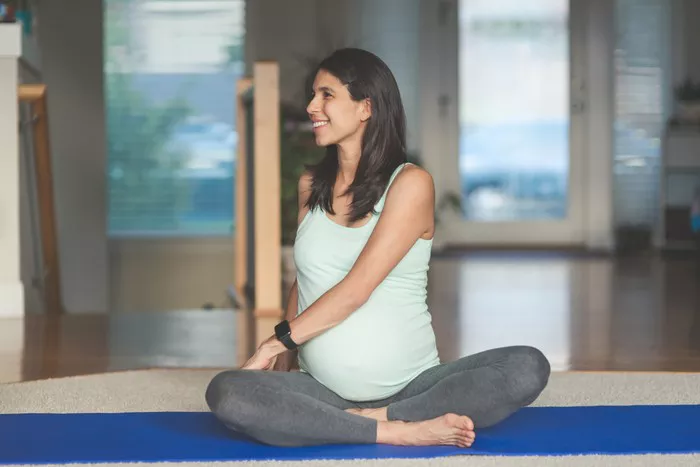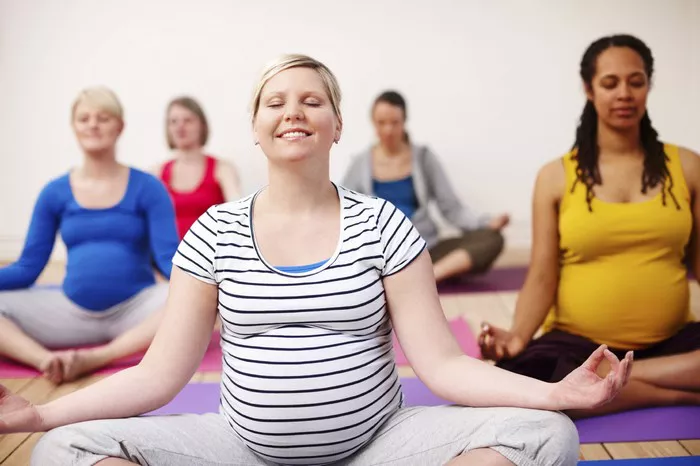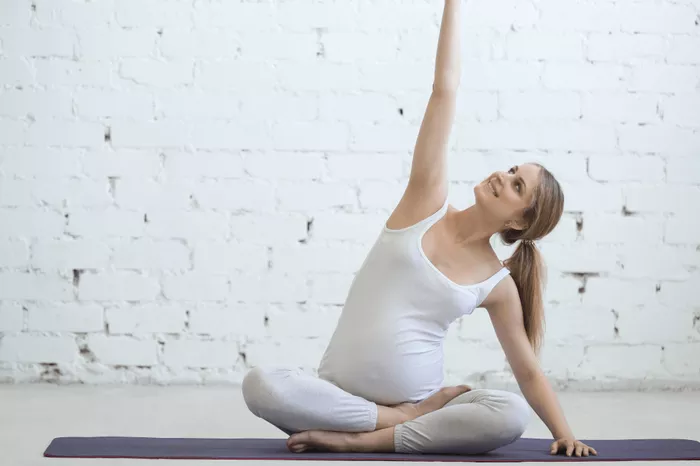In the ever – evolving landscape of fitness and wellness, the question “Is Hatha Yoga strength training? ” has sparked numerous discussions. Hatha yoga, an ancient practice with roots deeply embedded in traditional Indian philosophy, is often perceived as a gentle form of exercise focused on flexibility and relaxation. However, a closer examination reveals that it holds significant strength – building capabilities. Let’s explore the various aspects of Hatha yoga to understand how it contributes to strength training.
The Foundation of Hatha Yoga: A Blend of Body and Mind
Hatha yoga is not merely about physical postures; it’s a holistic approach that combines physical movements, breathing techniques (pranayama), and meditation. This integration creates a unique environment where the body and mind work in harmony. At its essence, Hatha yoga aims to balance the two fundamental energies within the body, known as “ha” (sun) and “tha” (moon), through a series of carefully designed practices. This balance is crucial for overall well – being and sets the stage for the strength – building potential of the practice.
Asanas: The Building Blocks of Strength in Hatha Yoga
Weight – Bearing Poses
Many Hatha yoga asanas involve supporting the body’s weight, which directly engages and strengthens the muscles. For example, in Adho Mukha Svanasana (Downward – Facing Dog Pose), practitioners lift their body against gravity, working the muscles of the arms, shoulders, back, and legs. The sustained hold in this pose requires the muscles to contract and support the body’s weight, gradually increasing strength and endurance over time. Similarly, in Virabhadrasana (Warrior Pose) variations, the legs support the body while maintaining balance, strengthening the quadriceps, hamstrings, and glutes.
Core – Strengthening Poses
The core muscles play a vital role in overall strength and stability, and Hatha yoga offers a plethora of poses to target this area. Navasana (Boat Pose), for instance, challenges the abdominal muscles as practitioners lift their legs and torso off the ground, creating a “V” shape. The constant engagement of the core in this pose helps to tone and strengthen the abdominal and back muscles, which are essential for maintaining good posture and supporting the spine. Other poses like Paripurna Navasana (Full Boat Pose) and Ardha Navasana (Half Boat Pose) further enhance core strength by increasing the difficulty level and duration of the hold.
Isometric Contractions
Hatha yoga asanas often involve isometric contractions, where muscles contract without changing their length. In poses such as Utkatasana (Chair Pose), the quadriceps muscles contract to hold the body in a seated – like position, even though there is no visible movement of the legs. This type of contraction is highly effective in building muscle strength as it forces the muscles to work against resistance. The longer the hold in these isometric poses, the more the muscles are challenged, leading to increased strength and muscle tone.
Resistance in Hatha Yoga: Beyond Traditional Weights
Bodyweight Resistance
One of the key ways Hatha yoga builds strength is through the use of bodyweight as resistance. Unlike traditional strength training that relies on external weights like dumbbells or barbells, Hatha yoga uses the practitioner’s own body mass to create resistance. In poses like Chaturanga Dandasana (Four – Limbed Staff Pose), the body’s weight is supported by the arms as the practitioner lowers their body towards the ground. This movement requires significant upper – body strength, as the muscles must work against the force of gravity to control the descent. As practitioners progress in their practice and are able to hold these poses for longer periods, their strength gradually increases.
Gravity as an Ally
Gravity is an ever – present force in Hatha yoga, and it serves as a natural resistance for strength training. When performing inversions such as Sarvangasana (Shoulder Stand) or Viparita Karani (Legs – Up – the – Wall Pose), the body has to work against gravity to maintain the position. In Sarvangasana, the muscles of the shoulders, neck, and core must engage to keep the body upright, effectively strengthening these areas. The continuous interaction with gravity in Hatha yoga poses helps to develop strength and stability in a functional way, as the body learns to control its movement against this external force.
Pranayama: The Breath of Strength
Breath – Muscle Connection
Pranayama, the practice of breath control in Hatha yoga, is not only beneficial for relaxation and mental focus but also has a significant impact on strength training. The breath and the muscles are closely connected, and proper breathing techniques can enhance muscle performance. For example, during challenging asanas, synchronizing the breath with the movement helps to deliver oxygen to the muscles more efficiently. When inhaling deeply, the oxygen – rich blood is pumped to the working muscles, allowing them to function optimally and reducing fatigue. This connection between the breath and the muscles enables practitioners to hold poses for longer periods, further contributing to strength development.
Core and Diaphragmatic Strength
Certain pranayama techniques, such as Kapalabhati (Skull – Shining Breath) and Bhastrika (Bellows Breath), involve rapid and forceful contractions of the abdominal muscles. These contractions not only strengthen the abdominal muscles but also engage the diaphragm, a crucial muscle for breathing. A strong diaphragm is essential for deep and efficient breathing, which in turn supports physical performance and strength. By regularly practicing these pranayama techniques, practitioners can enhance their core and diaphragmatic strength, which translates into better performance in asanas and overall physical strength.
Long – Term Strength Development in Hatha Yoga
Progressive Overload
Like any effective strength – training program, Hatha yoga incorporates the principle of progressive overload. As practitioners become more proficient in their practice, they can gradually increase the difficulty of poses, the duration of holds, or the frequency of practice. For example, starting with a basic version of Trikonasana (Triangle Pose) and then progressing to more advanced variations that require greater strength and balance. This progressive increase in challenge forces the muscles to adapt and grow stronger over time. Additionally, as the body becomes more flexible through regular practice, it can perform more complex poses that further target and strengthen different muscle groups.
Muscle Endurance
Hatha yoga is not just about building short – term strength; it also focuses on developing muscle endurance. The sustained holds in asanas and the repetition of poses during a yoga session train the muscles to work for longer periods without fatigue. This endurance is essential for daily activities, as well as for more strenuous physical endeavors. For instance, the ability to hold a standing pose like Virabhadrasana for an extended period builds the endurance of the leg muscles, which can be beneficial in activities such as walking, running, or climbing stairs.
Comparing Hatha Yoga with Conventional Strength Training
Different Approaches, Complementary Results
While traditional strength training with weights focuses primarily on muscle hypertrophy (increasing muscle size) and maximal strength, Hatha yoga takes a more holistic approach. Hatha yoga not only builds strength but also improves flexibility, balance, and mental focus. Conventional strength training often involves isolated muscle movements, whereas Hatha yoga engages multiple muscle groups simultaneously in a coordinated manner. For example, in a bicep curl using a dumbbell, only the bicep muscle is directly targeted, while in a Hatha yoga pose like Ustrasana (Camel Pose), the muscles of the chest, shoulders, back, and thighs are all engaged, creating a more integrated strength – building effect.
Mind – Body Integration
One of the key differentiators of Hatha yoga compared to conventional strength training is its emphasis on mind – body integration. In Hatha yoga, the practitioner is constantly aware of the breath, the sensations in the body, and the alignment of each pose. This heightened awareness helps to develop better control over the muscles and enhances the effectiveness of the strength – building process. In contrast, traditional strength training may focus more on the physical movement and the weight being lifted, often neglecting the mental aspect. The mind – body connection in Hatha yoga allows for a more profound and sustainable strength development, as it addresses not only the physical but also the mental and emotional aspects of the individual.
Conclusion
Hatha yoga is indeed a form of strength training, albeit with its unique approach and benefits. Through a combination of asanas, bodyweight resistance, pranayama, and the principle of progressive overload, Hatha yoga effectively targets and strengthens various muscle groups. It goes beyond the physical aspect of strength training, integrating the mind and body to create a more comprehensive and sustainable form of strength development. Whether one is looking to build muscle strength, improve muscle endurance, or enhance overall physical and mental well – being, Hatha yoga offers a valuable path.






















